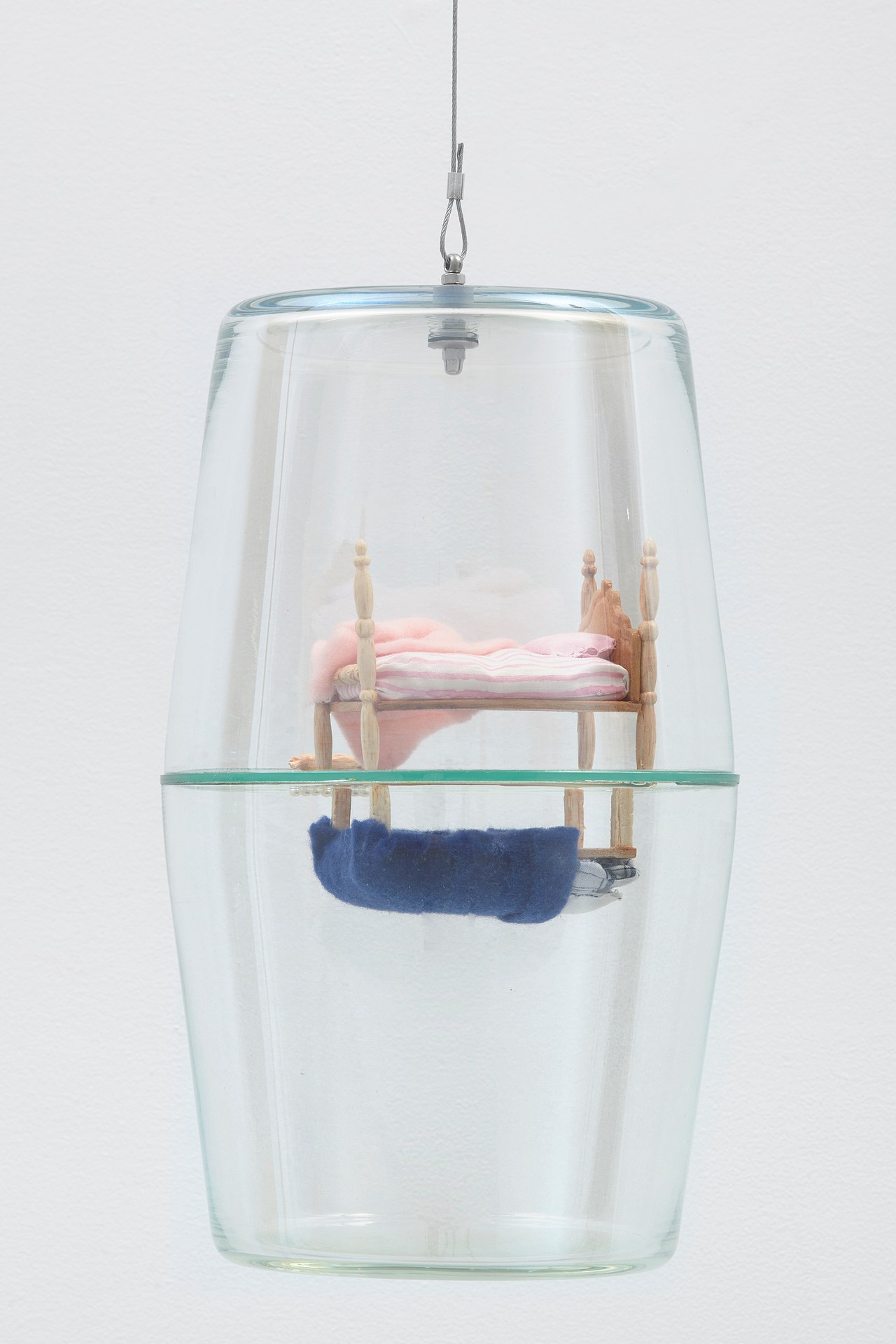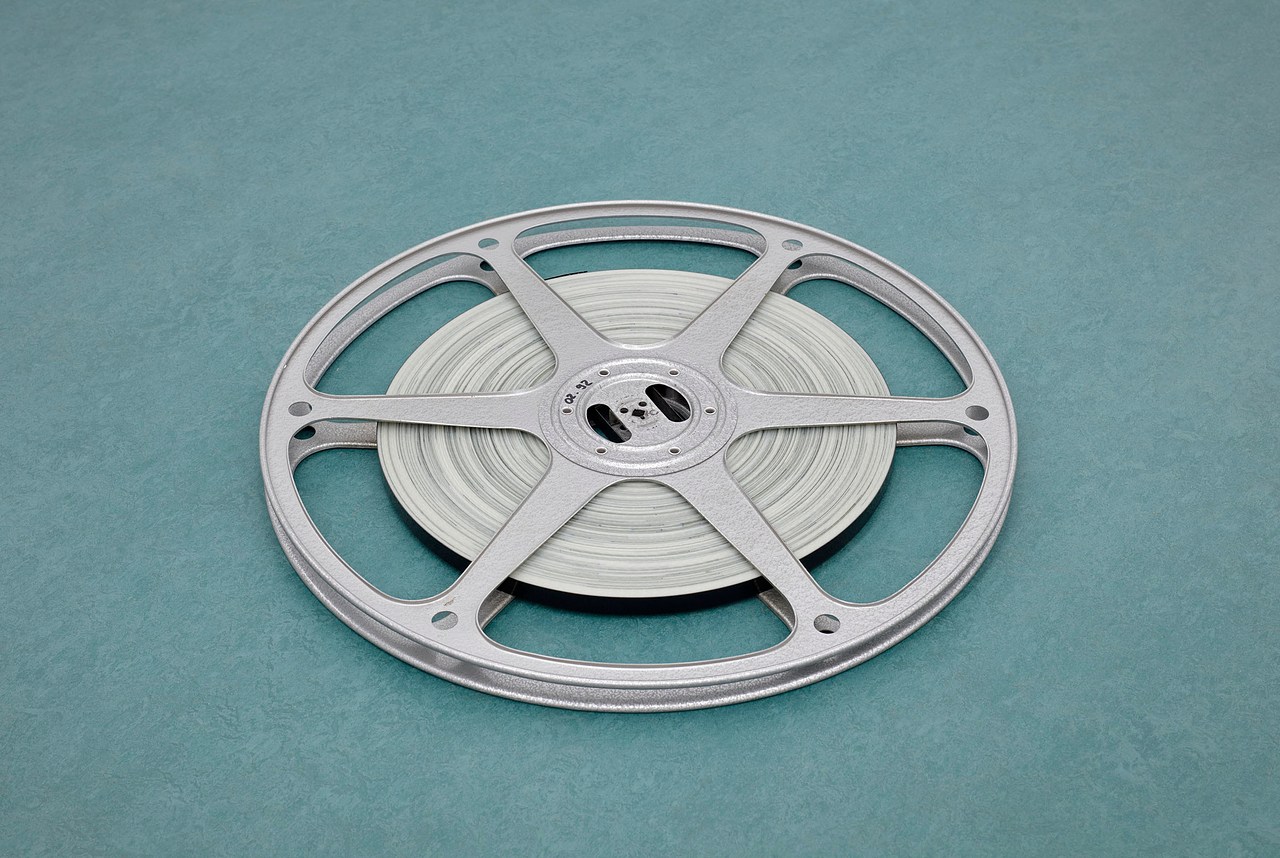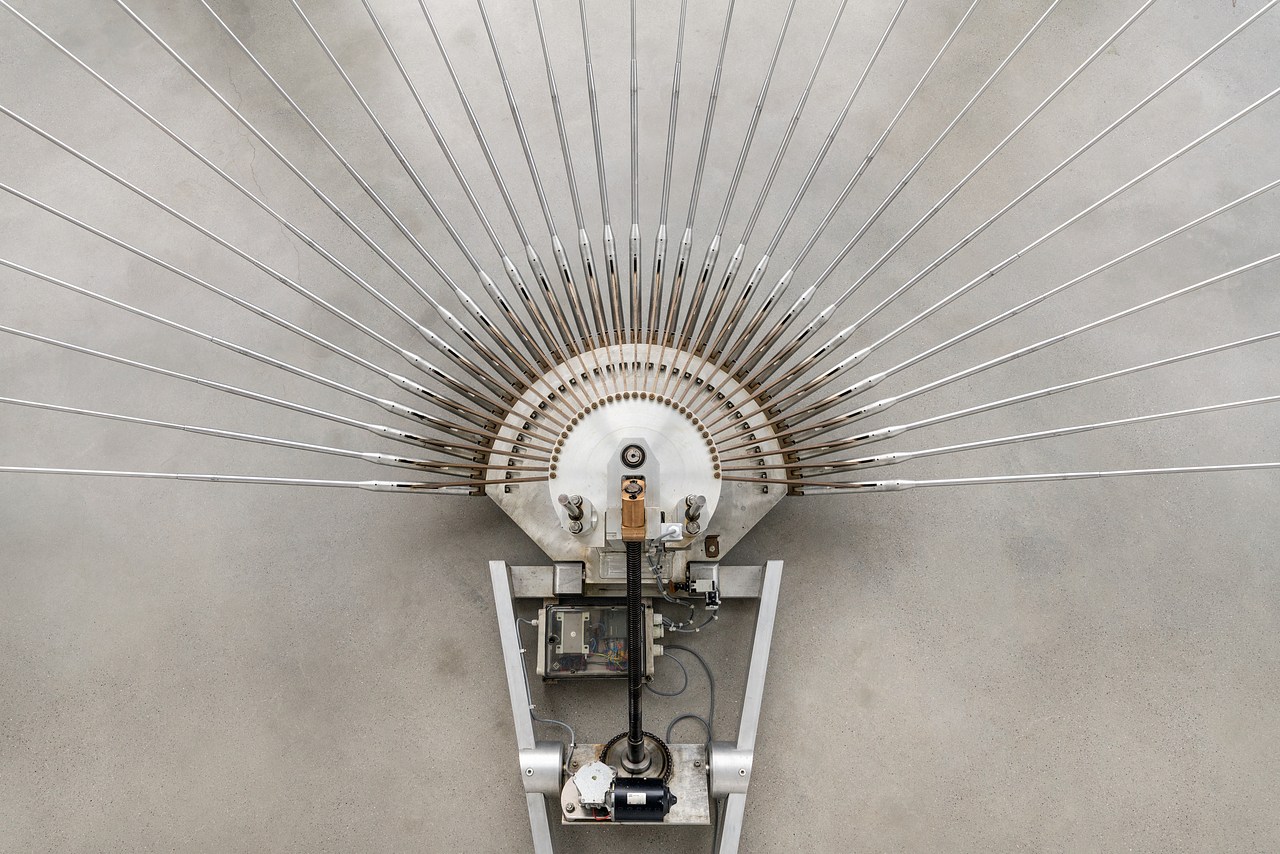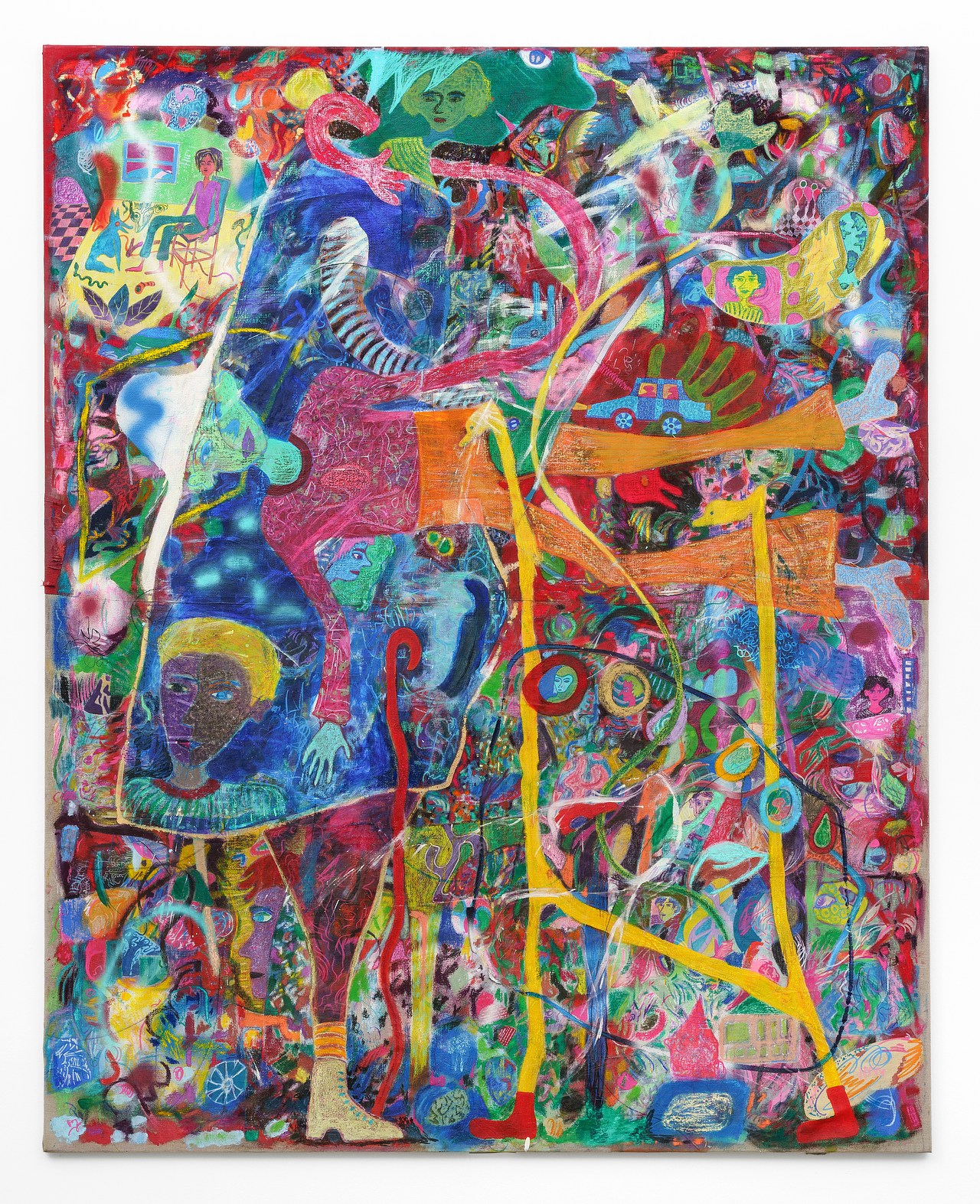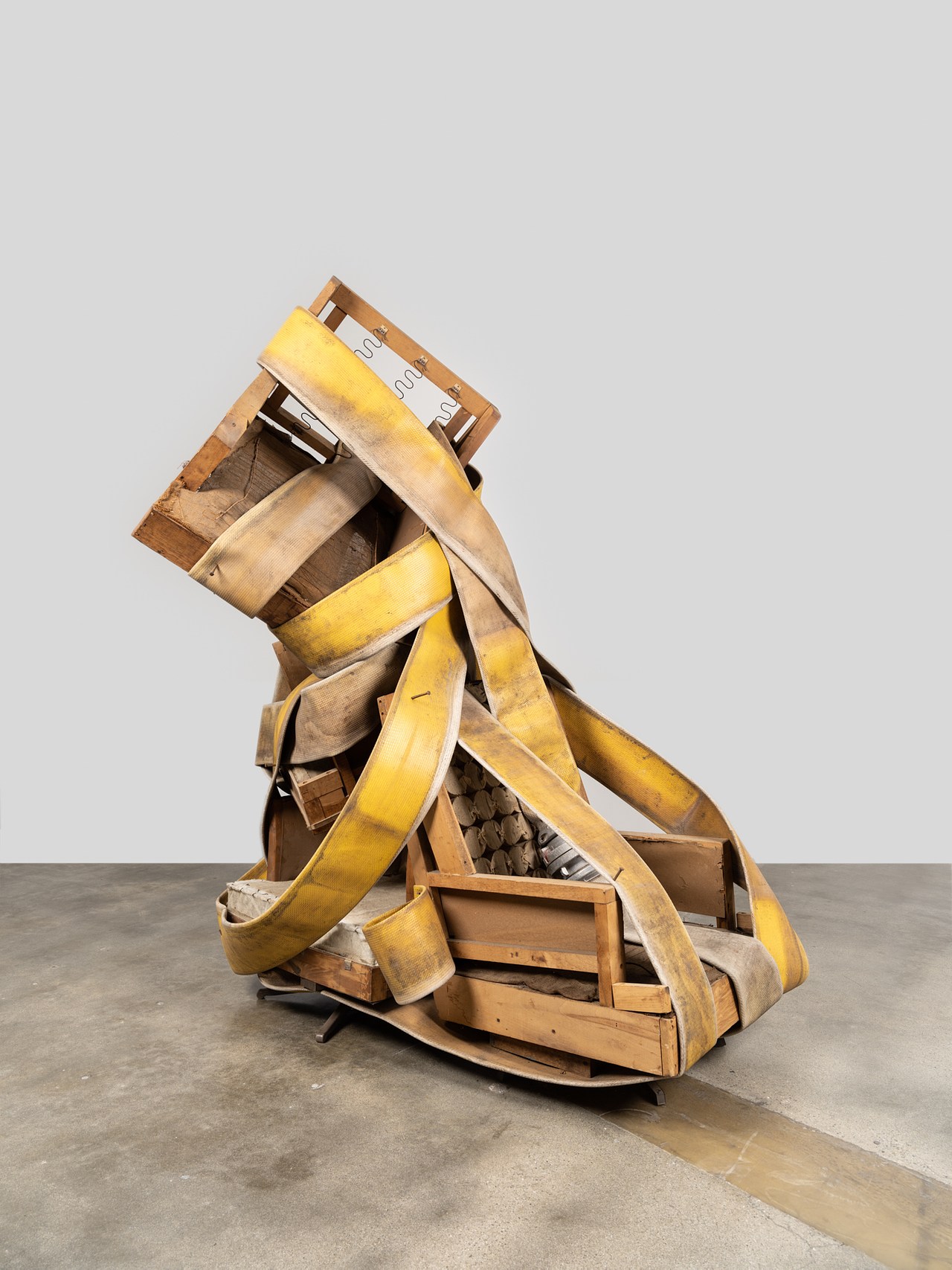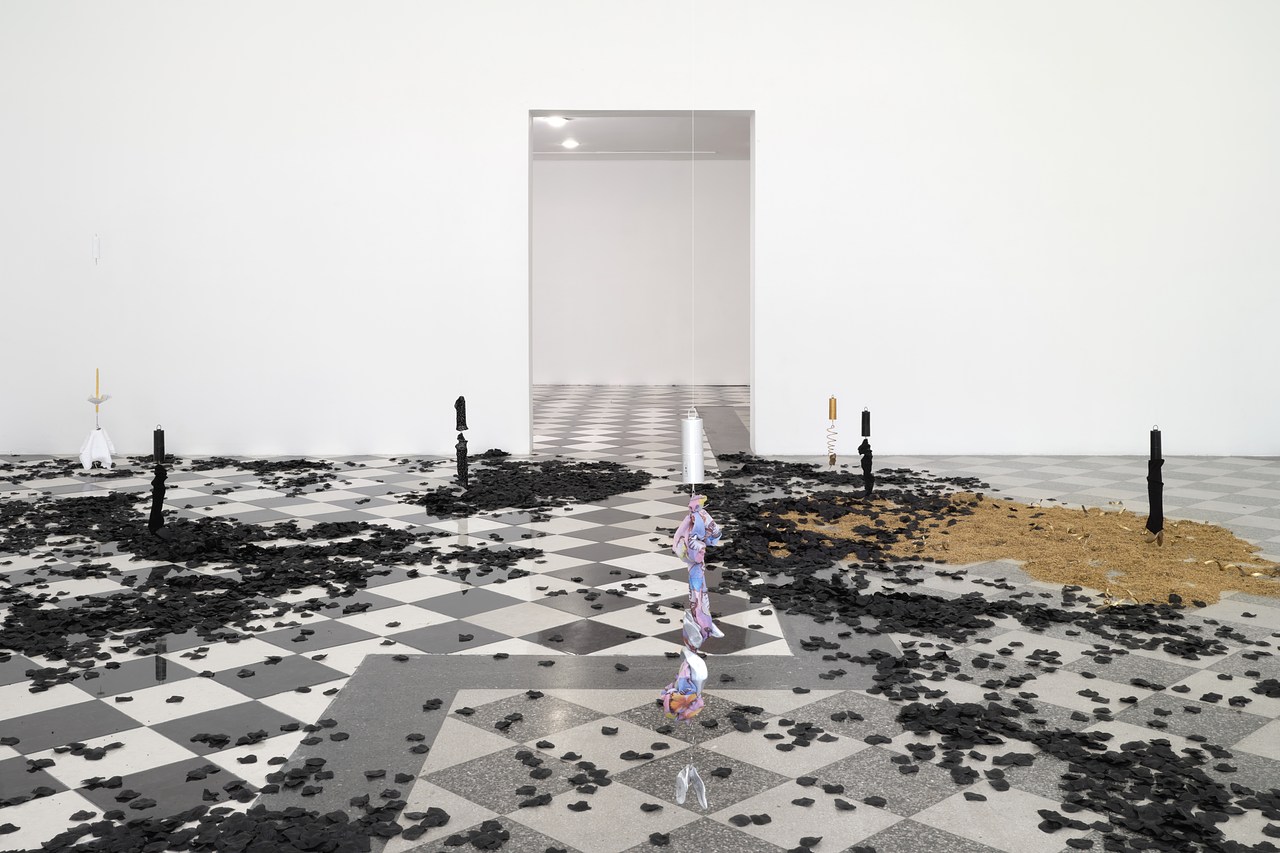A high-quality sketch pad is a must-have for students, whether for experiments with new techniques or materials, quick studies, or freewheeling ideas. Compared to drawing pads, which are meant for final works of art, sketch pads are designed with practice works in mind. This means the paper tends to be thinner and won’t be archival—but the products are also more budget-friendly. Still, sketch pads feature paper in a variety of weights and surface textures to satisfy different needs. If you anticipate needing, or your child needing, to work in dry media such as pencil or pastel, lighter weights will be suitable, and you’ll find that you have more paper options; for work in pen, marker, or watercolor, a pad made specifically for multimedia use may be best. Sketchbooks also come in many sizes, but all of our picks below measure around a handy 9 by 12 inches—large enough to accommodate many ideas, but small enough to slip into a backpack.
How we pick each product:
Our mission is to recommend the most appropriate artists’ tool or supply for your needs. Whether you are looking for top-of-the line equipment or beginners’ basics, we’ll make sure that you get good value for your money by doing the research for you. We scour the Internet for information on how art supplies are used and read customer reviews by real users; we ask experts for their advice; and of course, we rely on our own accumulated expertise as artists, teachers, and craftspeople.
Copyright
© Art News

